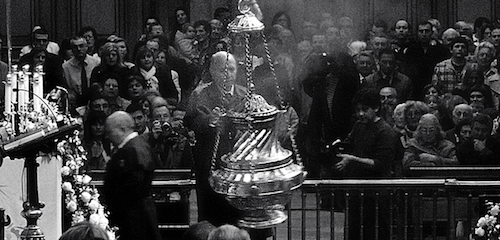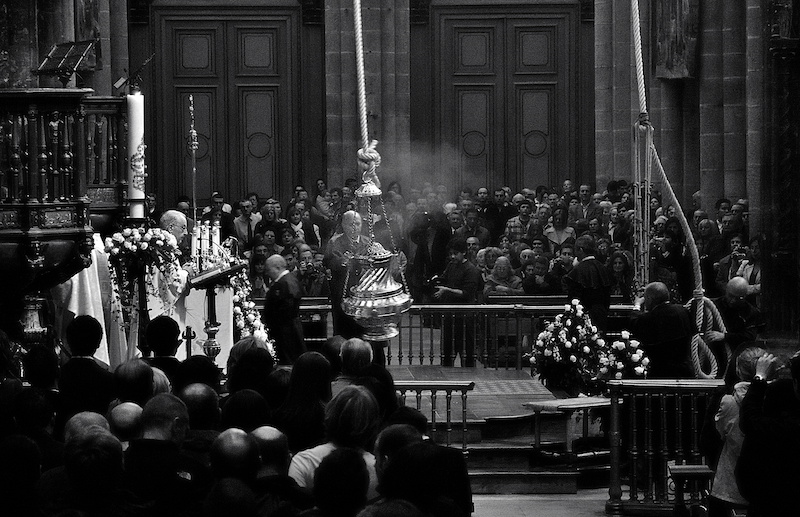September 22, 2025• Physics 18, 161
A material whose dielectric properties vary in time could produce exotic light-emission phenomena in a nearby atom, theorists predict.
Figure 1: Still in use today, the Botafumeiro is a large thurible suspended from the ceiling of Santiago de Compostela Cathedral in Spain. When it is in action, it swings vigorously back and forth expelling incense. To get the 80-kilogram object moving, one person pushes it while eight others pull rhythmically on the suspending ropes at twice the pendulum’s natural oscillating frequency.
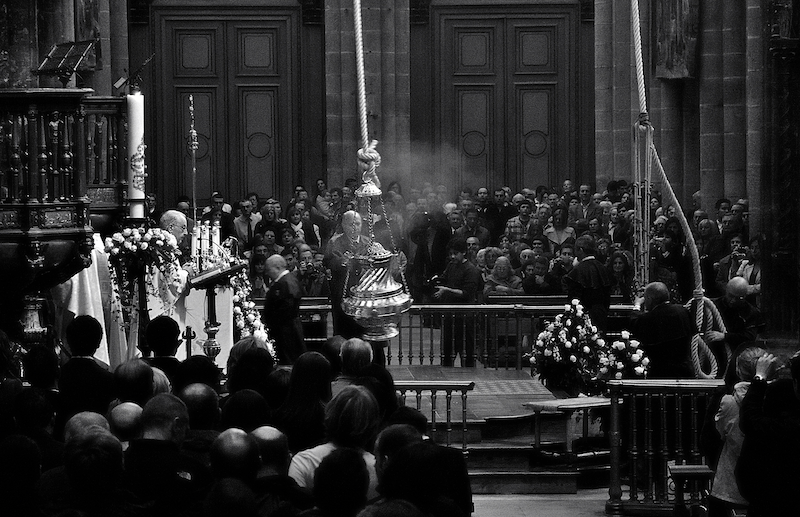
Figure 1: Still in use today, the Botafumeiro is a large thurible suspended from the ceiling of Santiago de Compostela Cathedral in Spain. When it is in action, it swings vigorously back and forth expelling incense. To get the 80-kilogram object moving, one person pushes it while eight others pull rhythmically on the suspending ropes at twice the pendulum’s natural oscillating frequency.×
Traditional photonic technologies rely on mirrors, lenses, and diffraction gratings to shape light as it travels through a medium. Recent advances in material science have opened a strikingly different route. Instead of sculpting material properties in space, researchers can now dynamically modulate them in time [1]. Such temporal modulation transforms a passive medium into an active one, as the act of modulation itself can inject or extract energy. Adding a temporal dimension to material design confronts long-standing notions of light–matter interactions and reveals phenomena with no static counterpart. Now Bumki Min of the Korea Advanced Institute of Science and Technology (KAIST) and his collaborators have exploited this capability to reshape the photonic density of states (DOS), which quantifies the number of available optical modes into which light can be emitted [2]. In doing so, they uncovered regimes where it becomes effectively negative. Their analytical model shows that a small emitter can draw energy from the modulation process itself, producing negative radiated power, a counterintuitive effect that defies the traditional concept of light emission.
In 1946, Edward Purcell showed that the radiation emitted by a dipole-like object is strongly influenced by its environment and that it can be controlled through the photonic DOS [3]. Since that seminal work, researchers have developed a variety of strategies to either enhance or suppress the photonic DOS, thereby providing powerful tools to manipulate light–matter interactions in both classical and quantum regimes. A landmark advance came with the pioneering work of Eli Yablonovitch [4] and Sajeev John [5]. In 1987, they independently proposed that periodic dielectric structures, now known as photonic crystals, could be engineered to possess photonic band gaps—that is, frequency ranges in which the photonic DOS is strongly suppressed. In such a crystal, a quantum emitter with a transition frequency inside the band gap cannot undergo radiative decay, as there are no photonic modes available to it. This insight spurred extensive research into tailoring the photonic DOS in microcavities and metamaterials, paving the way for precise control of light–matter interactions.
The photonic DOS determines the number of available radiative channels in the system, and the power emitted by an oscillating dipole is roughly proportional to it. Sustaining the dipole oscillation in a passive environment with a larger photonic DOS requires supplying more energy, which leads to stronger emission. For decades, this direct connection between the photonic DOS and the strength of radiative processes has served as a guiding principle in the design of nanophotonic devices, such as plasmonic nanoantennae, optical cavities, and related structures.
The work of Min and his collaborators departs from that conventional approach. Specifically, they considered a classical dipole oscillating within a photonic time crystal—that is, a material whose permittivity varies periodically in time. Such a modulation can be used to supply energy directly to an electromagnetic wave propagating within the medium [1]. The mechanism is essentially the same as that underlying a driven mechanical pendulum, where modulating the pendulum’s length is most effective when the modulation frequency is twice the natural oscillation frequency, famously exemplified by the Botafumeiro, the giant censer of Santiago de Compostela Cathedral [6] (Fig. 1). By analogy, a wave propagating in a time-modulated medium can extract energy from the modulation when its frequency is half the modulation frequency, leading to parametric amplification—that is, amplification driven by the modulation of a material parameter, permittivity in this case.
Floquet analysis is a mathematical framework for characterizing the response of periodic physical systems. Min and his collaborators applied that technique to a photonic time crystal and arrived at two central findings. First, they showed that at the edges of the photonic band gap, where waves experience parametric amplification, the power required to drive the oscillating dipole becomes negative. This result implies that the dipole oscillations can be sustained without the direct input of power and that the dipole effectively harvests energy from the modulation, consistent with earlier reports of negative radiated power in related spacetime crystals [7]. This outcome can be interpreted as an effective negative photonic DOS. That’s because, classically, the emitted power scales with the photonic DOS multiplied by the squared amplitude of the dipole oscillation.
M. G. Silveirinha/University of Lisbon
Figure 2: A dielectric sphere whose permittivity is modulated in time interacts with a nearby quantum emitter represented as a two-level atom.
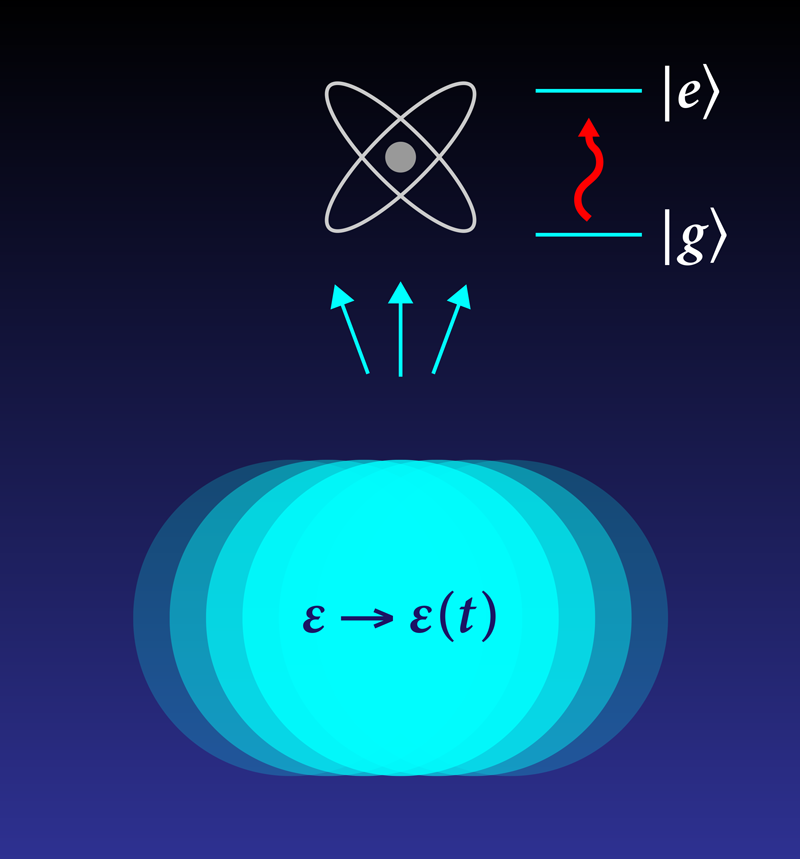
M. G. Silveirinha/University of Lisbon
Figure 2: A dielectric sphere whose permittivity is modulated in time interacts with a nearby quantum emitter represented as a two-level atom.×
The second finding is more striking. Min and his collaborators invoked a classical–quantum correspondence to suggest that the same mechanism enabling negative photonic DOS could also permit a process they term spontaneous excitation. Although their calculations remained classical, the correspondence implies that, in a fully quantum setting, a two-level quantum emitter coupled to such a time crystal might undergo population inversion as the modulation supplies energy to it. In this picture, the emitter would transition from its ground to its excited state while releasing a photon, a process with no analogue in static settings (Fig. 2).
Looking ahead, I see several challenges to realizing these ideas. A central issue is stability. Time crystals, as described here, are intrinsically unstable because parametric amplification inevitably leads to runaway growth unless a saturation mechanism constrains it [8]. One possible direction is to explore finite-size versions of temporal modulation, such as a dielectric sphere with time-varying permittivity. Such structures could tame instabilities while supporting new regimes of light–matter coupling. Another challenge is experimental feasibility. To interact efficiently with an emitter, the modulation period must be comparable to the oscillation period of the emitter itself. At optical frequencies, this translates to modulating the material response on femtosecond timescales. Usually, this is achieved with optical pumping and by exploring optical nonlinearities, but the nonlinearities are typically weak and require pumps with high power. Progress in ultrafast modulation of epsilon-near-zero materials suggests potential routes [9], while microwave platforms may provide the most immediate test beds for realizing photonic time crystals.
Despite these challenges, the broader message of this work remains clear. By endowing photonic media with temporal periodicity, one can fundamentally alter the rules of radiative processes. Whether realized first in microwave, terahertz, or eventually optical systems, photonic time crystals offer a new playground where classical and quantum notions of emission, absorption, and amplification may be reexamined and rebuilt from the ground up.
ReferencesE. Galiffi et al., “Photonics of time-varying media,” Adv. Photonics 4, 014002 (2022).J. Park et al., “Spontaneous emission decay and excitation in photonic time crystals,” Phys. Rev. Lett. 135, 133801 (2025).E. M. Purcell, “Spontaneous emission probabilities at radio frequencies,” Confined Electrons and Photons, edited by E. Burstein and C. Weisbuch NATO ASI Series Vol. 340 (Springer, Boston, 1995)[Amazon][WorldCat].E. Yablonovitch, “Inhibited spontaneous emission in solid-state physics and electronics,” Phys. Rev. Lett. 58, 2059 (1987).S. John, “Strong localization of photons in certain disordered dielectric superlattices,” Phys. Rev. Lett. 58, 2486 (1987).J. R. Sanmartín, “O Botafumeiro: Parametric pumping in the Middle Ages,” Am. J. Phys. 52, 937 (1984).J. C. Serra and M. G. Silveirinha, “Homogenization of dispersive space-time crystals: Anomalous dispersion and negative stored energy,” Phys. Rev. B 108, 035119 (2023).M. Lyubarov et al., “Amplified emission and lasing in photonic time crystals,” Science 377, 425 (2022).E. Lustig et al., “Time-refraction optics with single cycle modulation,” Nanophotonics 12, 2221 (2023).About the Author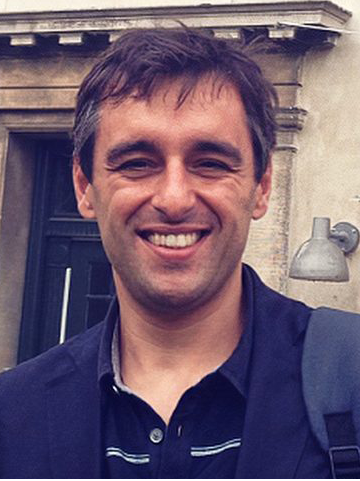
Mário G. Silveirinha is a professor of electrical engineering at the Instituto Superior Técnico, University of Lisbon, and a senior researcher at Instituto de Telecomunicações, both in Portugal. His research focuses on plasmonics and metamaterials, quantum optics, and topological physics.
Spontaneous Emission Decay and Excitation in Photonic Time Crystals
Jagang Park, Kyungmin Lee, Ruo-Yang Zhang, Hee-Chul Park, Jung-Wan Ryu, Gil Young Cho, Min Yeul Lee, Zhaoqing Zhang, Namkyoo Park, Wonju Jeon, Jonghwa Shin, C. T. Chan, and Bumki Min
Phys. Rev. Lett. 135, 133801 (2025)
Published September 22, 2025
Read PDFSubject AreasCondensed Matter PhysicsOpticsRelated Articles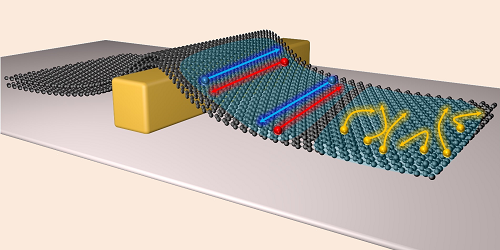
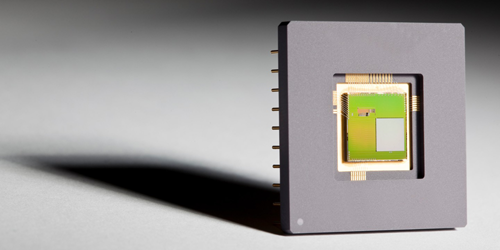
 More Articles
More Articles

